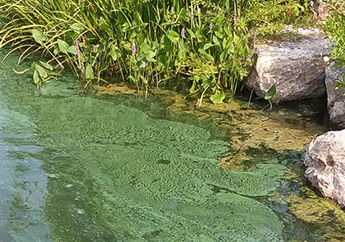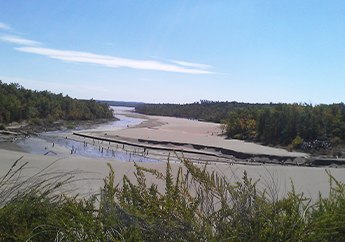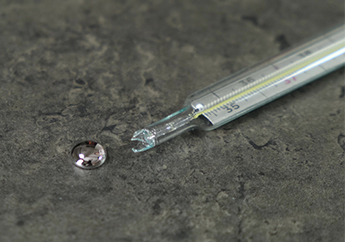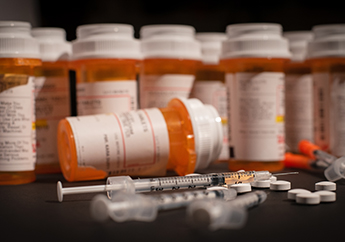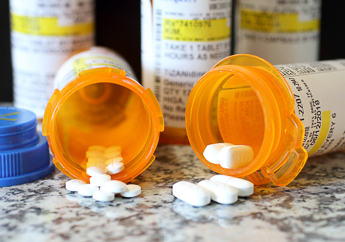Society’s ability to solve problems through innovation is incredible and great benefits are enjoyed by many. Unfortunately sometimes innovation involves substances that can be toxic to human, animal and plant health. Some advances in pharmaceuticals, agriculture and industry may involve new chemicals or create new waste products. These substances may become an environmental contaminant if they accidentally or deliberately enter the environment through industrial and commercial facilities; oil and chemical spills; non-point sources such as roads, parking lots and storm drains; and wastewater treatment plants and sewage systems.
The U.S. Environmental Protection Agency's defines a contaminant as "Any physical, chemical, biological, or radiological substance or matter in air, water, or soil that can have adverse health effects." Different contaminants can cause a variety of human health and environmental problems. Below are contaminants common in Missouri and new or unstudied contaminants, sometimes referred to as an emerging contaminant.

